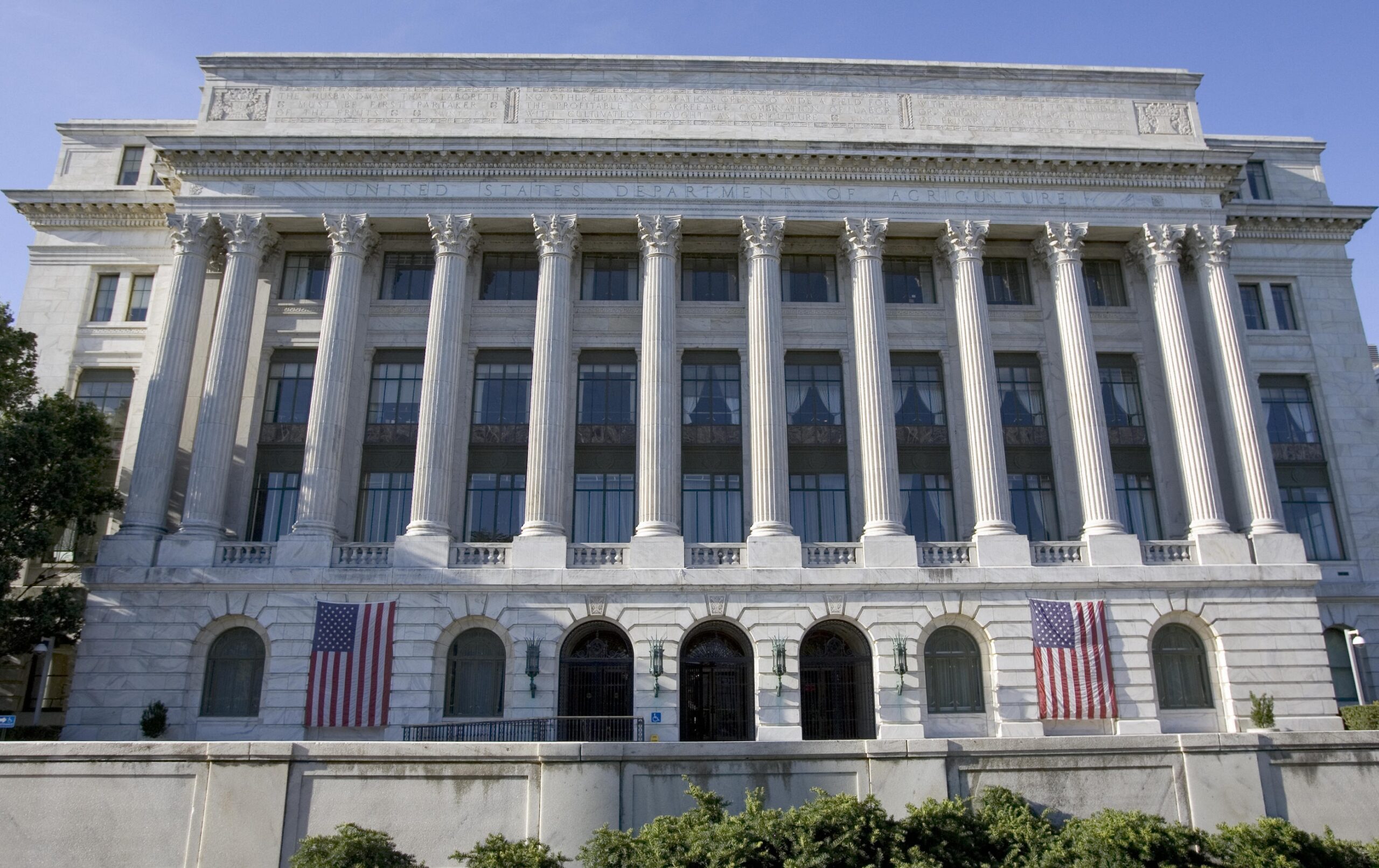Layoffs in the federal workforce have reached their highest level since 2020, driven in part by the Department of Government Efficiency’s (DOGE) efforts to reduce what it considers excessive government spending. According to a report from the outplacement firm Challenger, Gray & Christmas, U.S. employers announced over 172,000 job cuts in February, marking a 245% increase from January’s nearly 50,000 cuts. Factors such as canceled government contracts, trade war concerns, and bankruptcies contributed to the surge. The report also highlighted that the government announced more than 62,000 job cuts across 17 agencies last month, with further reductions anticipated. Notably, the Department of Veterans Affairs is planning to eliminate 80,000 jobs, as reported by the Associated Press.
Despite these cuts, federal workers’ salaries account for only a small fraction of total federal spending. Don Kettl, professor emeritus and former dean of the University of Maryland School of Public Policy, explained that federal payroll costs amount to approximately $336 billion annually, representing about 1% of GDP and less than 5% of total federal spending. For context, the U.S. government spent nearly $7 trillion in 2024, with the largest expenditures allocated to Social Security, health insurance programs, and defense, totaling over $4 trillion.
Federal employees play a critical role in delivering essential services, Kettl noted. Their work spans programs like Medicare, Medicaid, environmental safety, and ensuring safe drinking water. Matthew Shapiro, an economics professor at the University of Michigan, emphasized that federal workers also support the economy and financial system. For instance, during bank failures, federal employees ensure continuity, as seen during the Silicon Valley Bank crisis, where they closed the bank on a Friday and reopened it by Monday to safeguard depositors.
The federal civilian workforce as a share of total non-farm employment has declined significantly, Shapiro added. In 1960, federal workers made up about 3.5% of non-farm employment, but today, that figure stands at 1.5%. Despite this, federal workers deliver a vast array of services efficiently. Indiscriminate layoffs, Shapiro warned, could substantially harm the economy.
Wendy Edelberg, a senior fellow at the Brookings Institution, suggested that while there are ways to improve federal workforce efficiency, cutting federal jobs is not a straightforward solution to reducing the deficit. Rising spending is largely tied to an aging population, with more retirees relying on Social Security and Medicare benefits. Shapiro stressed the need to make these programs sustainable while acknowledging their importance to citizens who have contributed to the tax system throughout their careers.
The U.S. also faces challenges in reducing spending due to ongoing tax cuts and breaks, Kettl noted. Once implemented, these tax provisions often remain in the tax code indefinitely.
— news from Marketplace
